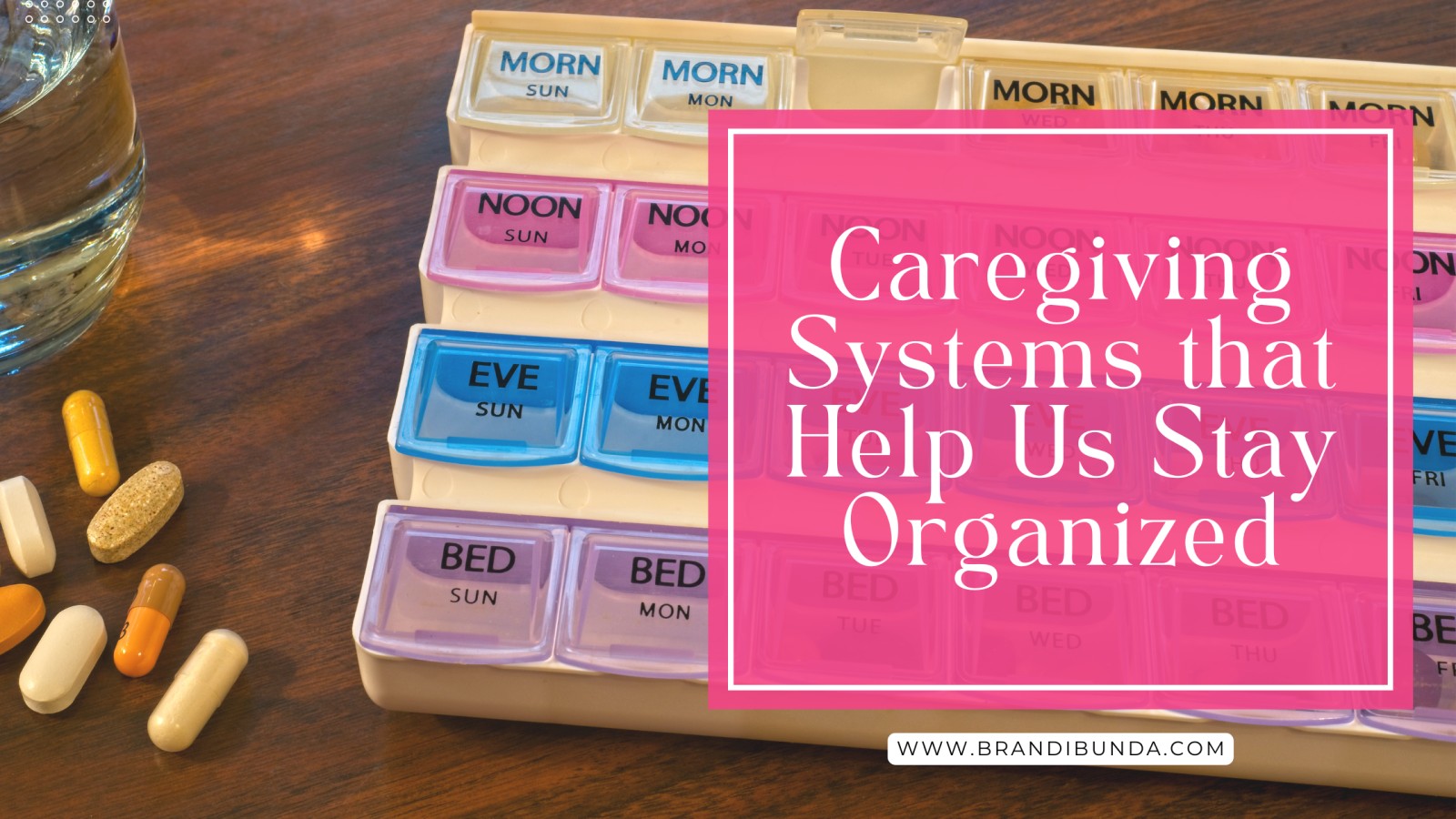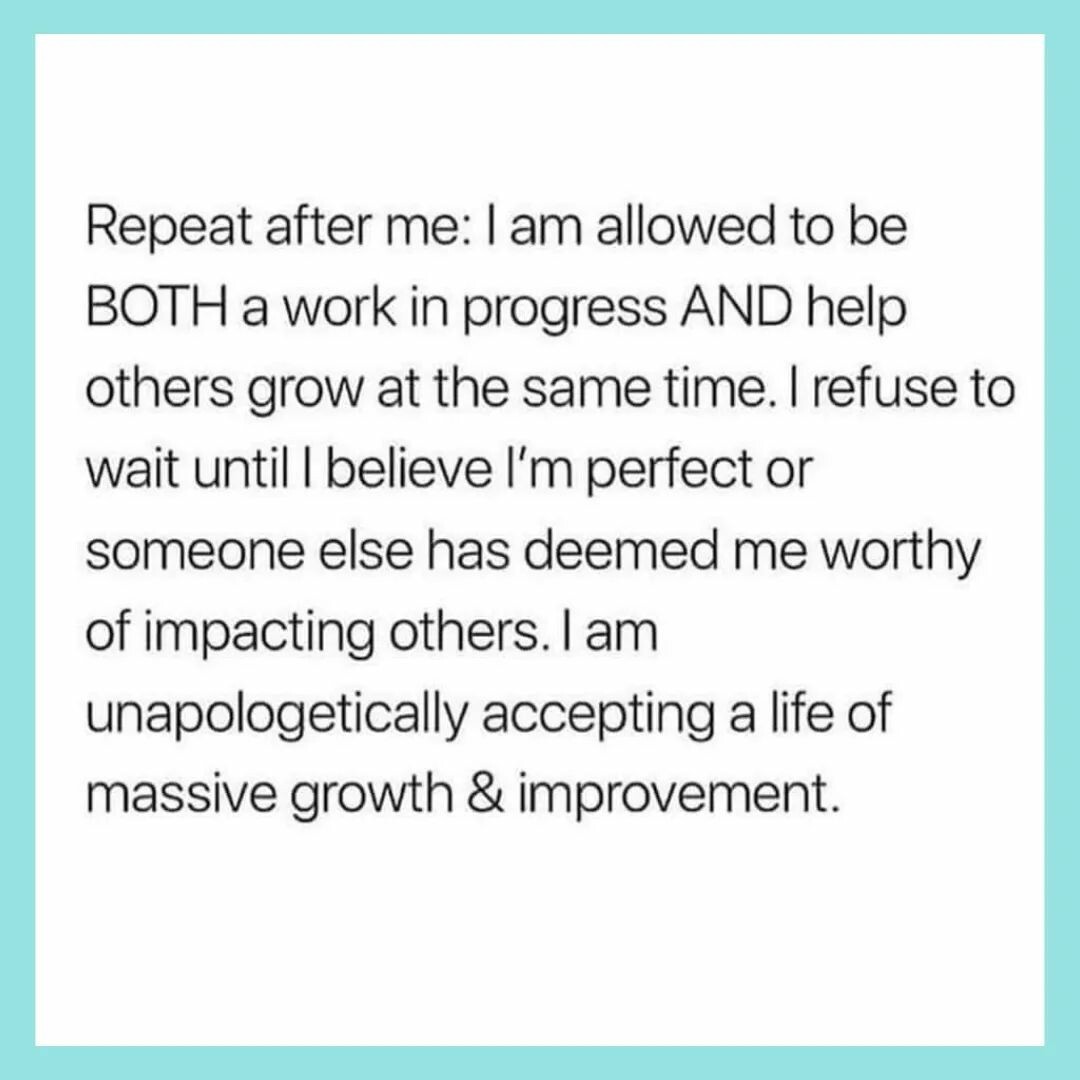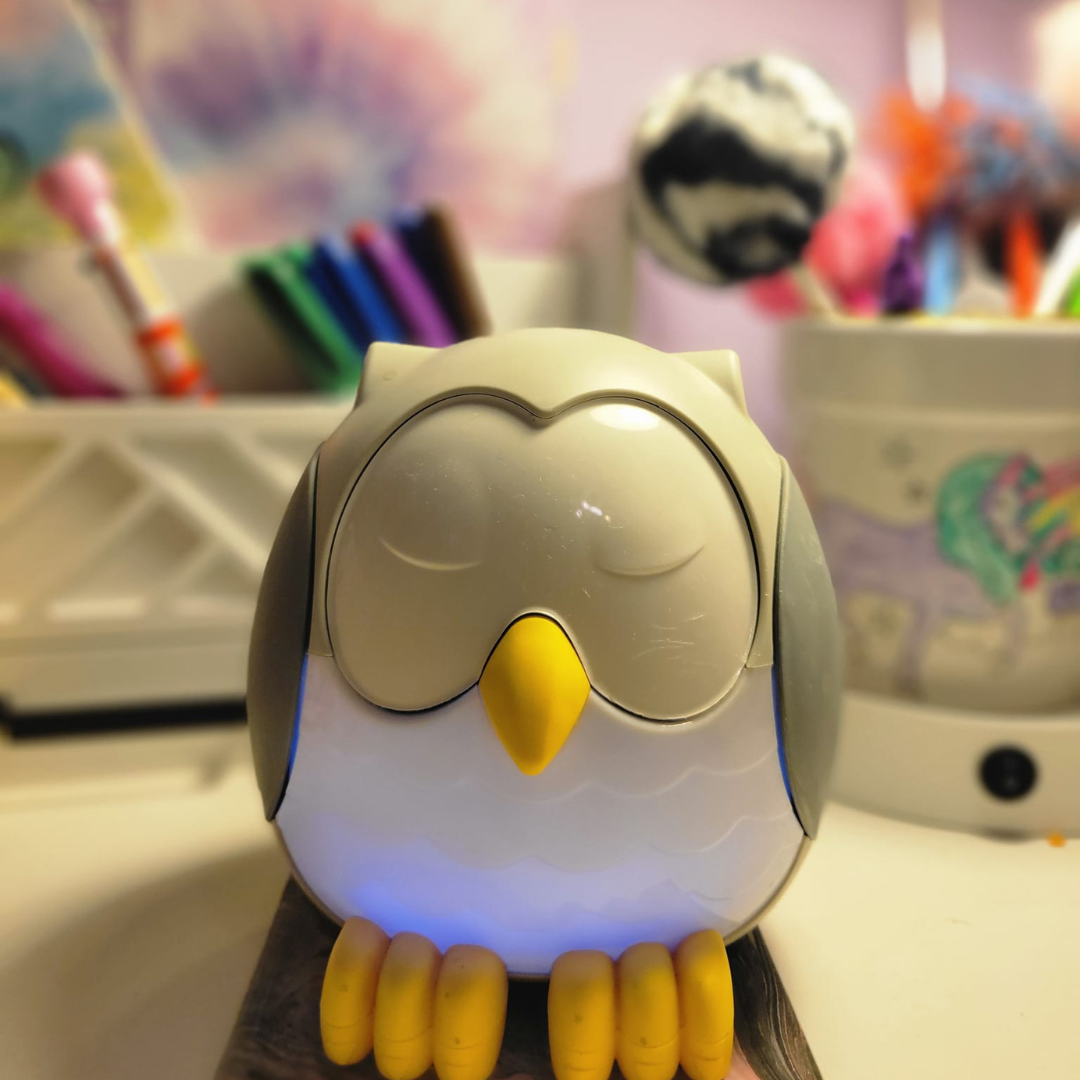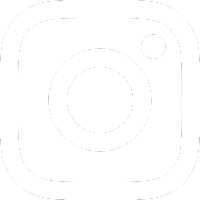
If you're a go-with-the-flow kind of gal, eating right, staying well-rested, reducing stress, and having sex on the regular then you have a decent chance of getting pregnant within six months to a year, barring any underlying issues that might get in the way of conceiving.
But, if you’ve been struggling with infertility or want to optimize your chances of conception because you're eager to get pregnant as quickly as possible, you need to understand the ups and downs and ins and outs of your menstrual cycle.
The key is figuring out when you ovulate so you’ll know the best time to procreate!
Will tracking my ovulation help me conceive? Simply put, yes it can!
Tracking ovulation helps to make sure that you're targeting the most fertile window in your cycle so that you are maximizing your chances of getting pregnant. (Some couples also use ovulation tracking to try to avoid pregnancy--like me)!
Ovulation tracking is a method of natural family planning or a fertility awareness method. If you know when you ovulate, you can have sex a few days before and the day of your expected ovulation. This will increase your odds of getting pregnant.
HOW DO I TRACK MY OVULATION?
By keeping track of your periods each month, you will begin to detect a pattern in determining the normal length of your menstrual cycle. Maybe you think you're often late, for example, but you really just have a long cycle (32 days or even longer). This will also help to identify if you have irregular periods which can also affect your ability to conceive.
There are several ways to track your ovulation…
- Calendar Method (including fertility apps on your phone)
- Basal Body Temperature
- Ovulation Test Kits
- Digital Fertility Tracker
The Calendar Method
This is a simple, easy, and free way to begin tracking your ovulation. Use a wall calendar if you choose, or download an ovulation tracking app on your phone. You will need to track at least 3 cycles to determine what a “normal” cycle looks like for your body.
If your menstrual cycle tends to be the same number of days from month to month, it's a good bet that you ovulate around two weeks, or 14 days, before you expect your period. Of course, this can vary based on your individual cycle. If you have a 35-day cycle, for example, you will most likely be ovulating around the 21st day.
This method is less helpful if you have irregular periods that vary from one month to the next and finding the root cause of the irregularity is highly encouraged.
Charting Your Basal Body Temperature
Basal body temperature charting (BBT charting) involves taking your temperature before you get out of bed and after at least 3 hours of sleep. By maintaining a chart over the duration of your cycle, you can detect when a sustained temperature increases which indicates you have ovulated.
In some cases, BBT charting may even offer a hint as to whether you have conceived or not (via the so-called "implantation dip" ---> another topic for a different day)!
Ovulation Predictor Kits
Ovulation predictor kits are essentially urine tests, similar to home pregnancy tests, that show a particular color pattern when your luteinizing hormone (LH) levels surge. An LH surge usually indicates that you will ovulate within 12 to 36 hours. Once the test predicts ovulation, it is recommended that you have sex daily for the next several days.
In most cases, you need to take the tests over consecutive days to accurately detect the surge. If you test over five days, you have an 80% chance of predicting ovulation; over 10 days, that figure rises to around 95%.
Digital Fertility Monitors
Digital fertility monitors work similarly to ovulation predictor kits but offer more precision and earlier detection. The drawback is that the monitor and/or test sticks tend to be very pricey. But the accuracy of these next-generation devices is so great that some couples even use them as a means to avoid pregnancy. Most digital fertility monitors also come with a corresponding application that can be downloaded on your phone or tablet.
Physical signs that you may be ovulating:
- Rise in basal body temperature
- Clear, stretchy, stringy cervical mucus
- Breast tenderness
- Bloating
- Light spotting
- Cramping
- Possibly even a brief twinge of pain when your egg is released
It should come as no surprise that using one of these methods comes with ease, minimal effort, and some focused intention to help you optimize your chances of conceiving naturally, assuming you don't have any underlying reproductive issues, of course. You are welcome to reach out to me or consult with your doctor who should be able to help answer any questions you have, as well as ease any concerns to ensure you're using one or more of these methods correctly.























